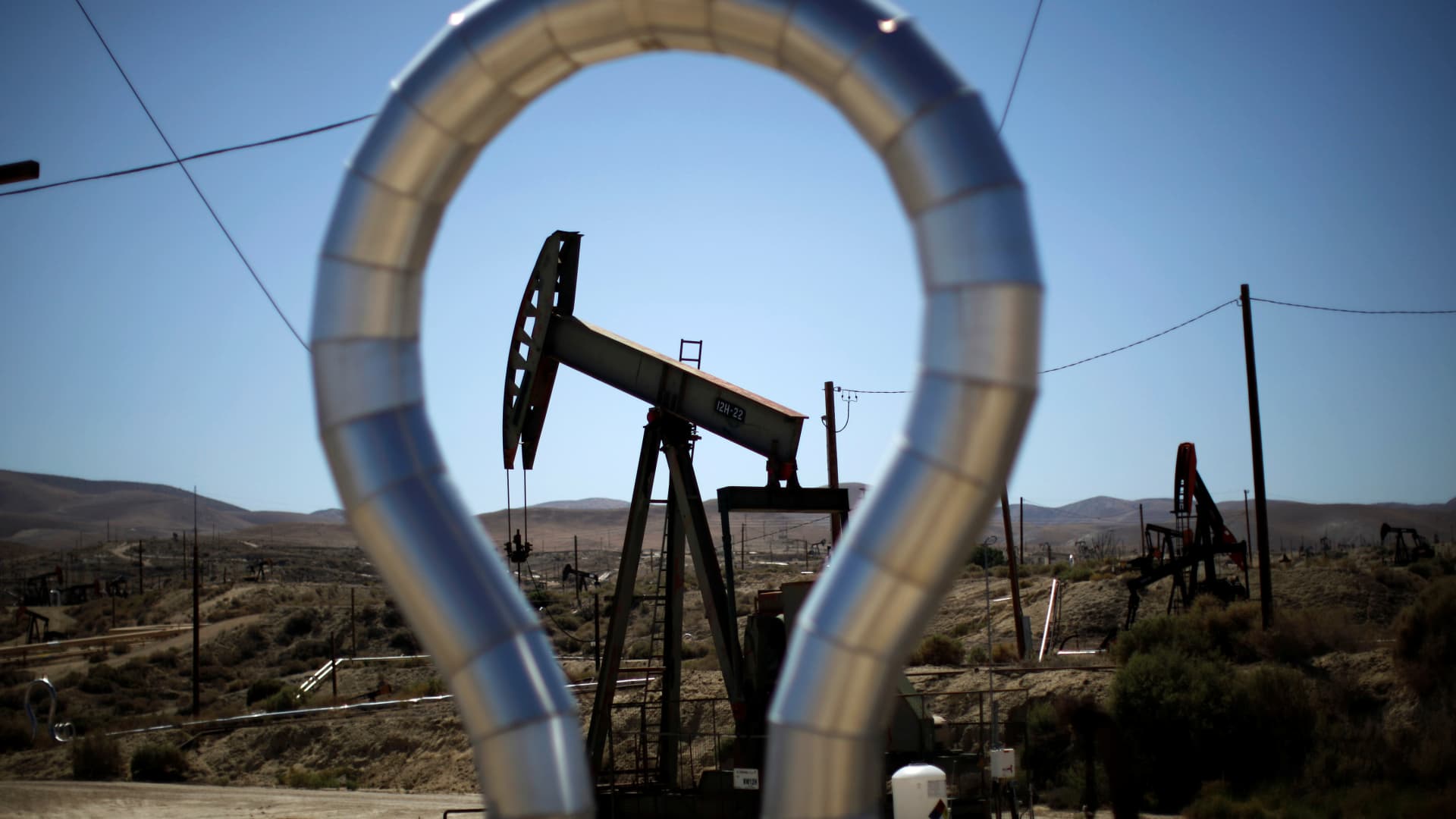Chronic underinvestment in the hydrocarbons sector will keep global supply tight, the head of the world’s largest oil company warned, suggesting higher future energy prices as China’s reopening and the comeback of the aviation industry gather pace.
Asked by CNBC’s Dan Murphy about the current state of the oil market, Saudi Aramco CEO Amin Nasser said, “A persistent underinvestment in oil upstream and even downstream is still there. The latest report from the IEA talks about a demand of 101.7 million barrels — going from 100 million barrels in 2022 to almost 2 million barrels more with China opening up and the aviation industry,” which hasn’t yet returned to pre-Covid levels.
“There is a lot of potential for growth in aviation,” Nasser said. “And with China opening up and the lack of investment, there is definitely a concern in the mid-to-long term in terms of making sure there is adequate supplies in the market.”
International benchmark Brent crude was trading at $84.43 per barrel on Friday afternoon in London, roughly flat year-to-date and about 5% lower than this time a year ago.
Larger-than-expected U.S. fuel stocks in recent months and expectations of weaker global growth have helped lower energy prices. But as drilling activity slows in response, that decreased production will threaten supplies in the future, Nasser said.
According to oil services company Baker Hughes, the active rig count in the U.S. dropped from a recent high of 627 in early December to 600 in late February. The number of rigs in use as of the end of February is at its lowest since early July 2022, the company reported.
“I think it’s very difficult — if you look at the spending on the sector, it’s around $370 to $400 billion, currently in the upstream side, compared to in 2014, approximately $700 billion,” Nasser said when asked about the impact of potential windfall taxes, climate change policies and decarbonization efforts on oil sector investment.
Policymakers in a number of countries are calling for windfall taxes on major oil and gas companies, many of which saw record profits in the last year, as supply shocks and years of underinvestment in the sector pushed prices to multi-year highs.
The debate surrounding the oil industry has been dominated by tensions between a desire for cleaner energy sources to combat climate change and the need for energy security.
According to the U.N. Intergovernmental Panel on Climate Change, roughly 90% of global CO2 emissions come from fossil fuels and heavy industry. But demand for fossil fuels remains high, as ample energy supply and a balanced oil market are crucial to economic growth, tempered inflation, and national security.
For Nasser, there is a continued threat to those due to lower investment in oil production.
“There is definitely a strong underinvestment. Maturity [means that] also with time, you need more investment,” the CEO said, referencing the fact that as oilfields mature and become depleted, costs of drilling increase.
More investment in production is needed to manage the decline rate of oilfields globally, which have an average decline rate of about 6%, Nasser said. That means in a system that is meant to produce 100 million barrels yearly, “you need 6 million barrels just to offset decline,” he explained.
“So there is a need for investment. And policymakers and regulators and investors need to ensure that there is adequate available investment in the sector,” he said. “Otherwise, it’s going to have an impact on supply over the mid-to-long term.”
